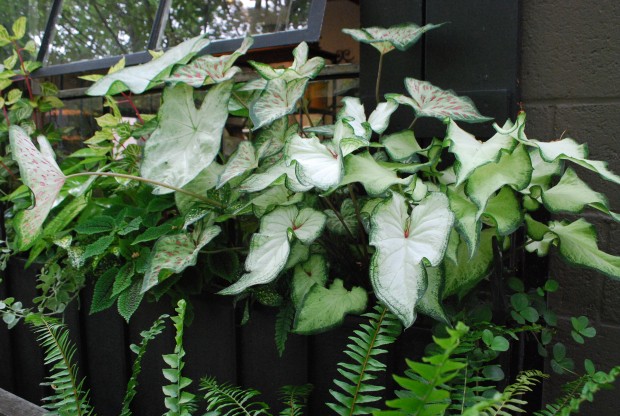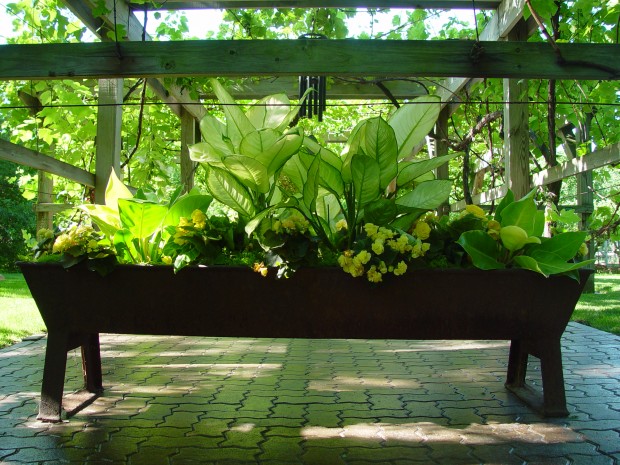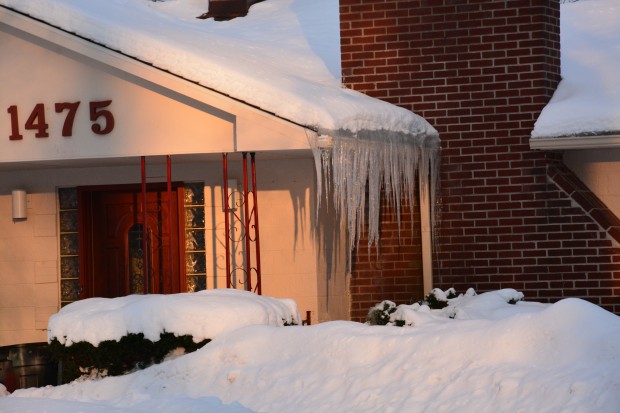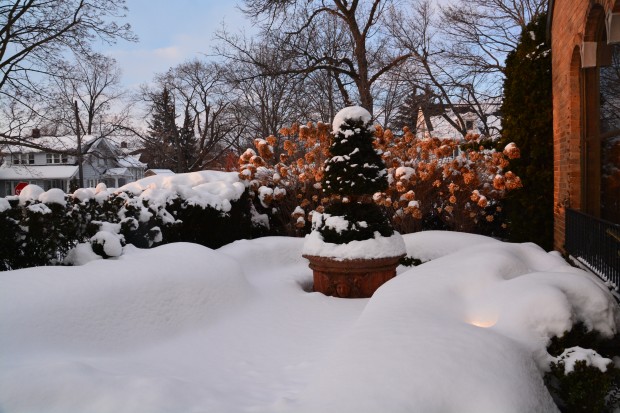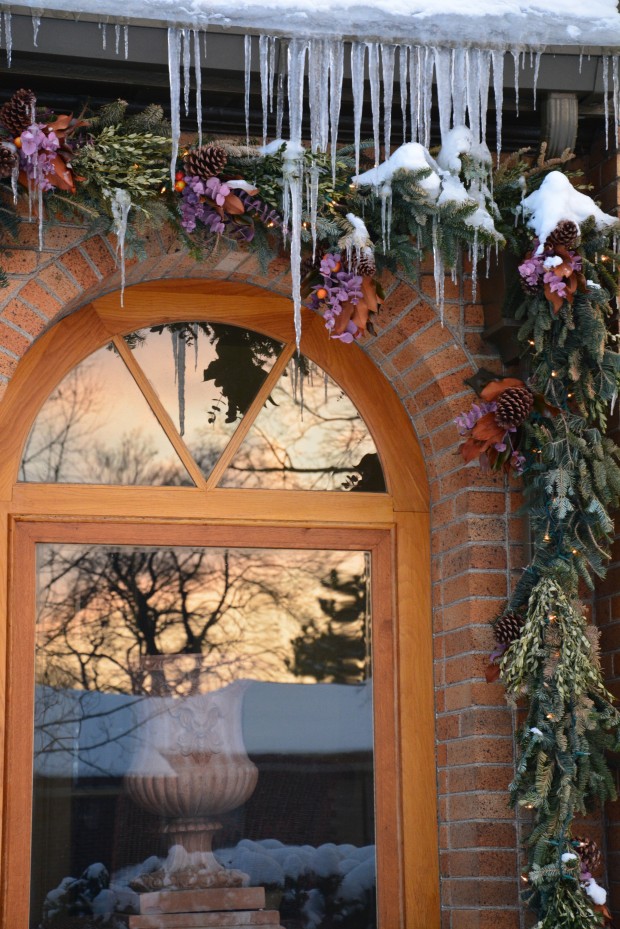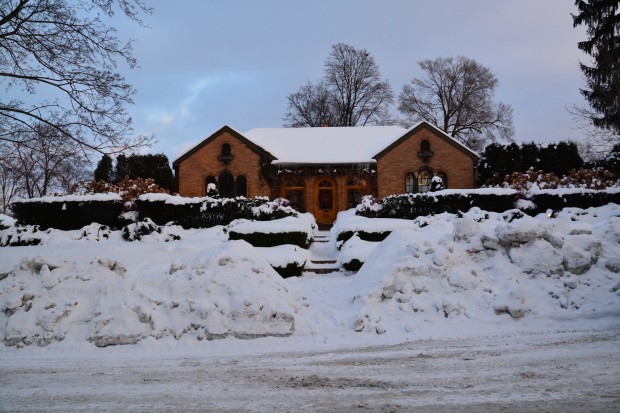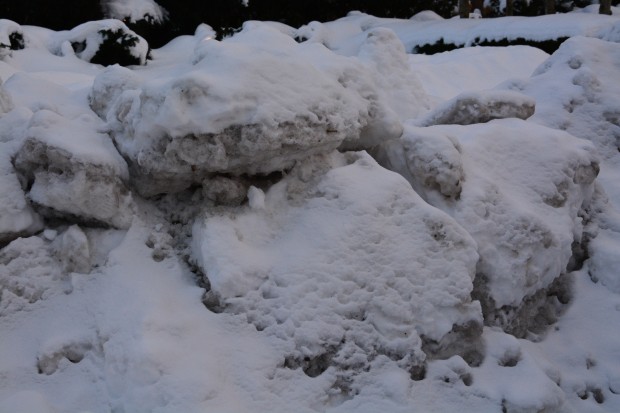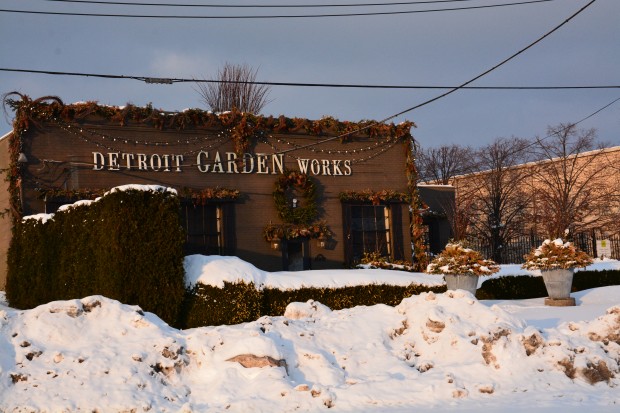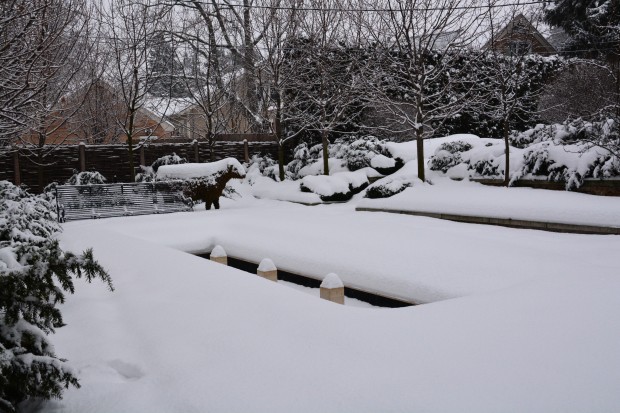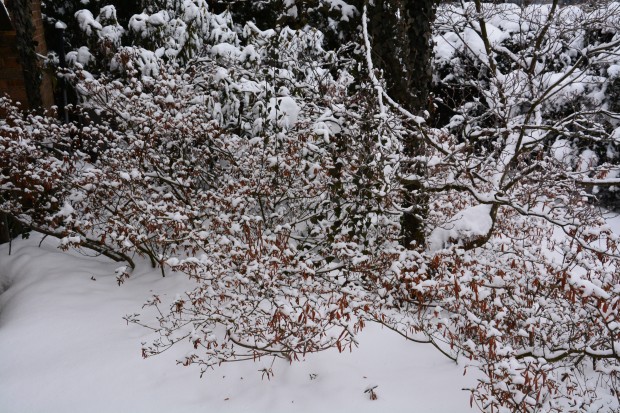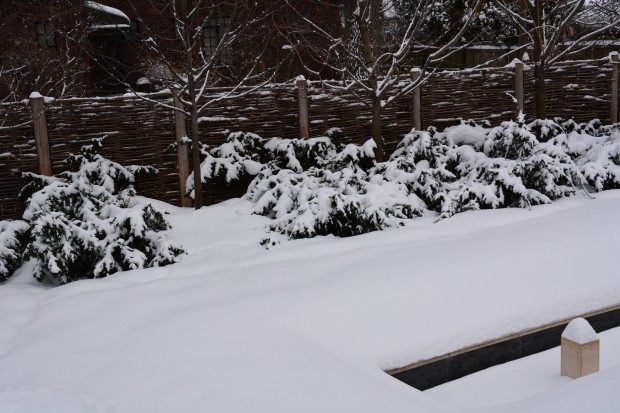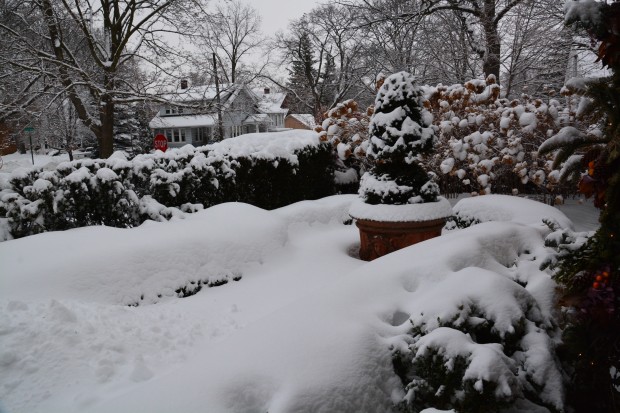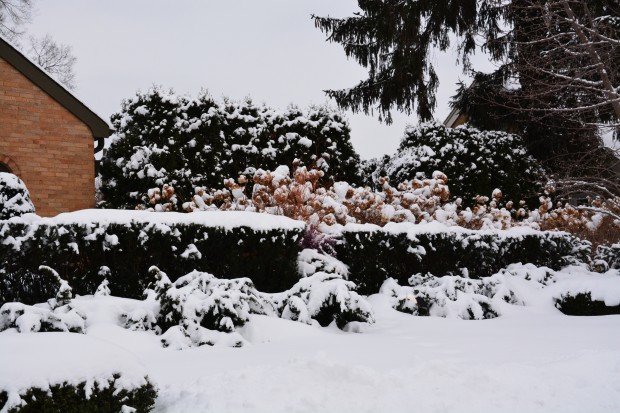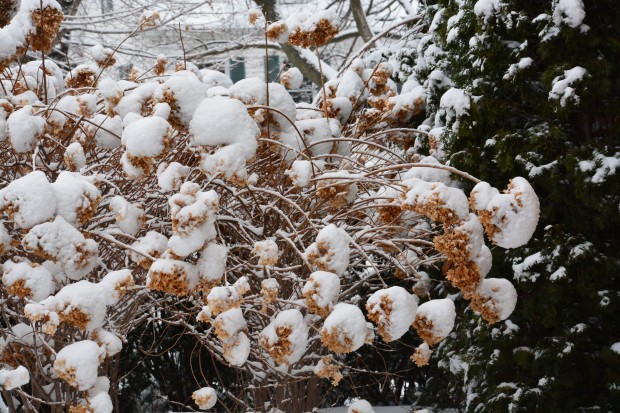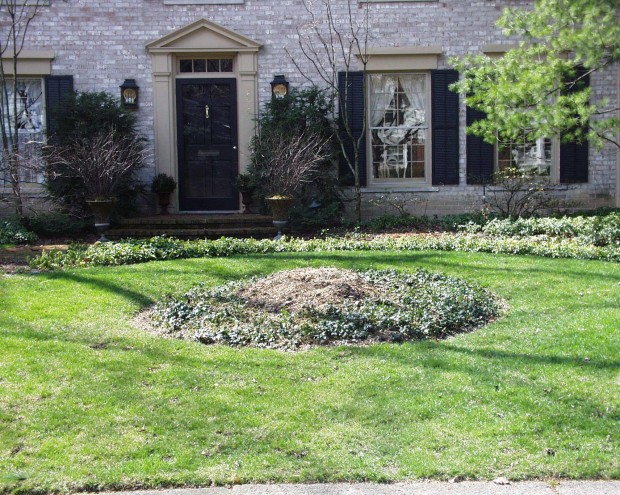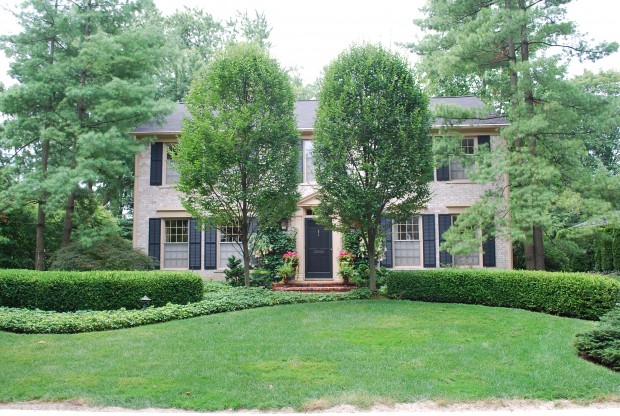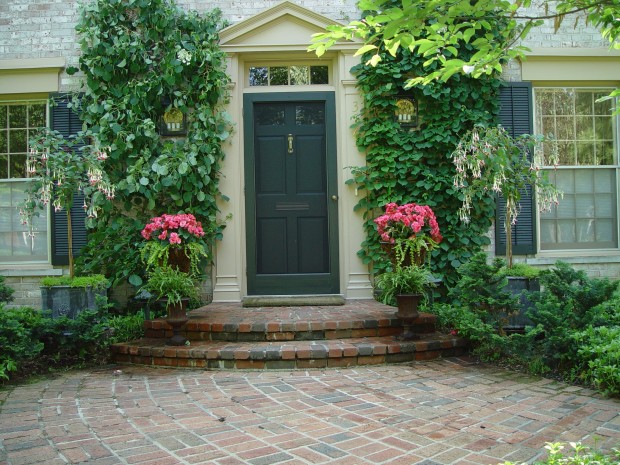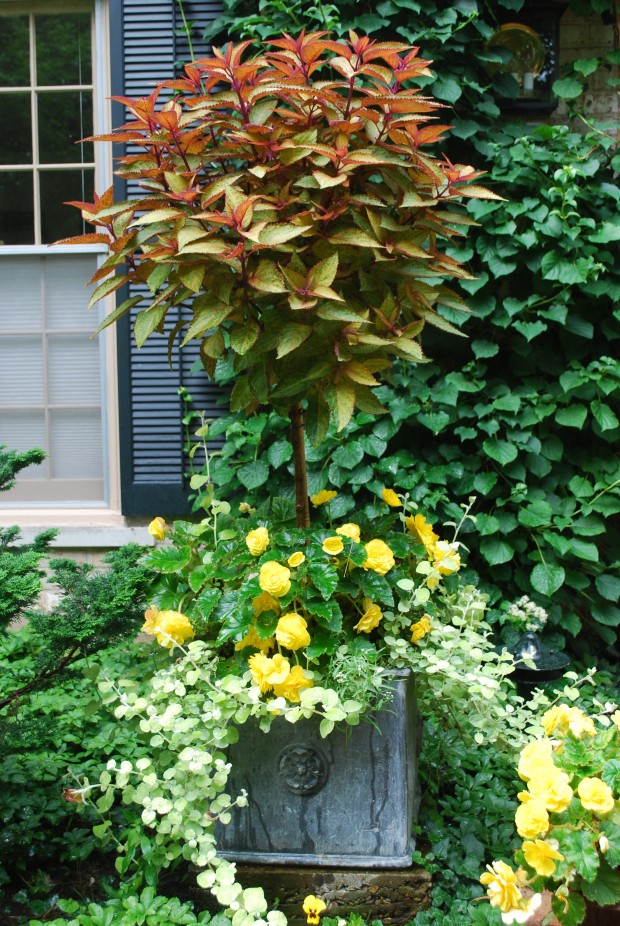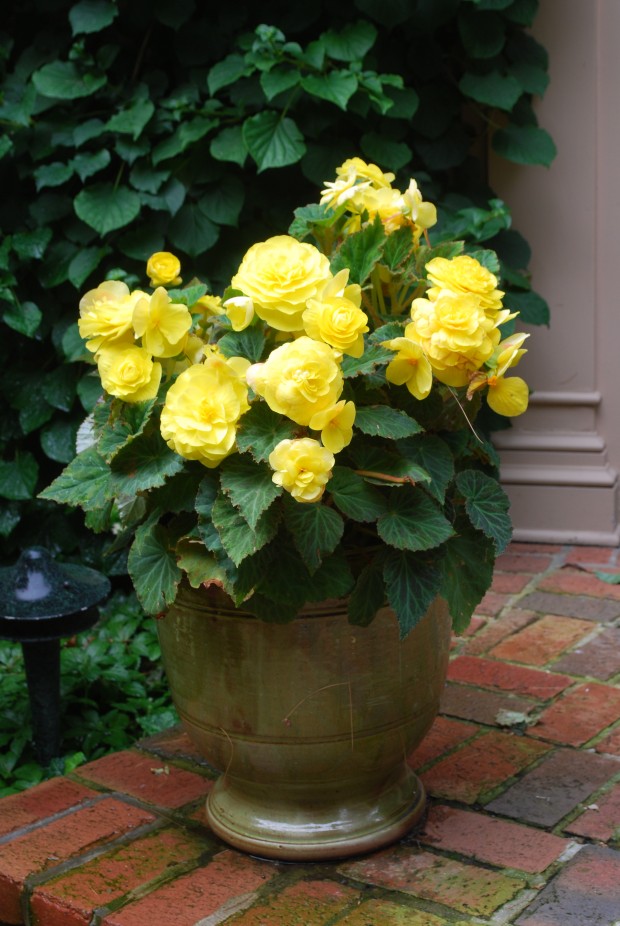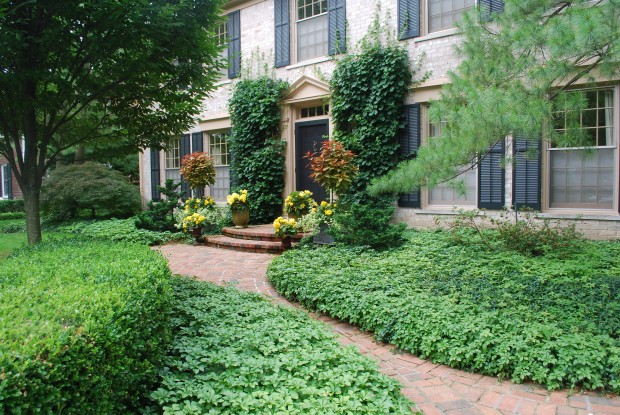 The Michigan landscape has a decidedly arctic look to it right now. I thought these pictures might be a comfort to leaf deprived northern gardeners, myself included. Strobilanthes is commonly known as Persian shield.
The Michigan landscape has a decidedly arctic look to it right now. I thought these pictures might be a comfort to leaf deprived northern gardeners, myself included. Strobilanthes is commonly known as Persian shield.
 asclepias incarnata, orange sedge, and verbena bonariensis
asclepias incarnata, orange sedge, and verbena bonariensis
 calocasia, coleus, creeping jenny and scotch moss (sagina)
calocasia, coleus, creeping jenny and scotch moss (sagina)
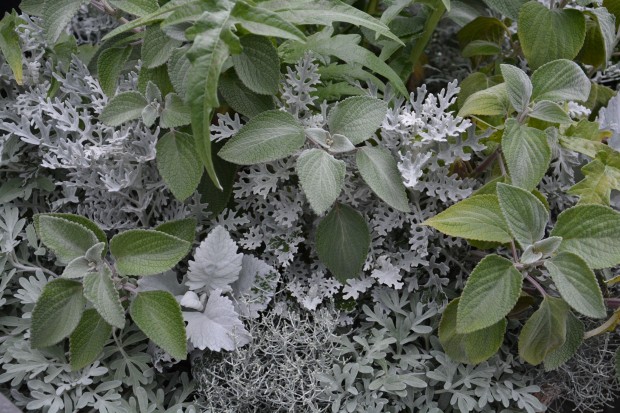 plectranthus, dusty miller, and barbed wire plant
plectranthus, dusty miller, and barbed wire plant
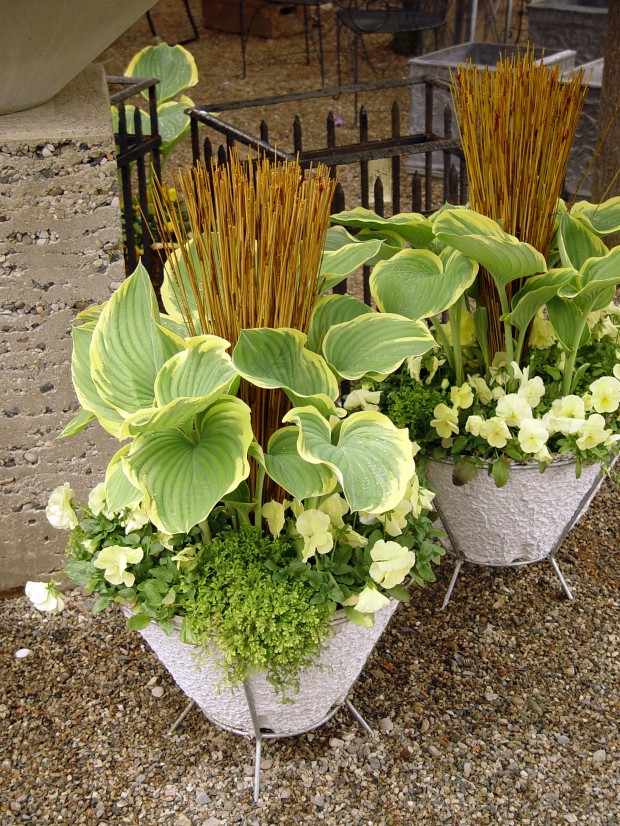 hosta, lime green selaginella, and clear sky primrose pansies
hosta, lime green selaginella, and clear sky primrose pansies
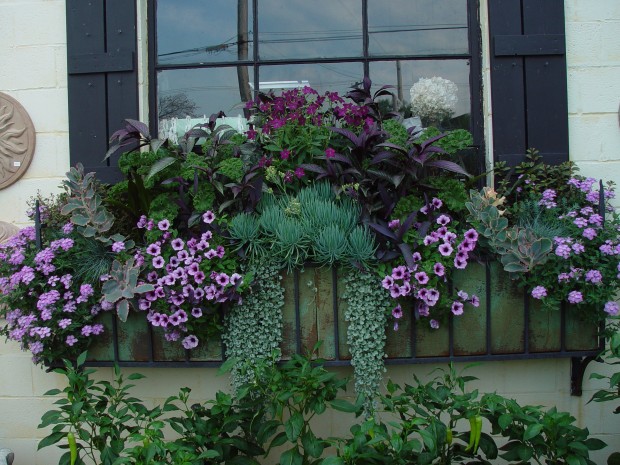
blue green and red-violet- Persian shield, perfume purple nicotiana, red bor kale, senecio “blue chalk”, lavender star verbena, silver falls dichondra, petunia
 red bore kale and variegated scented geranium
red bore kale and variegated scented geranium
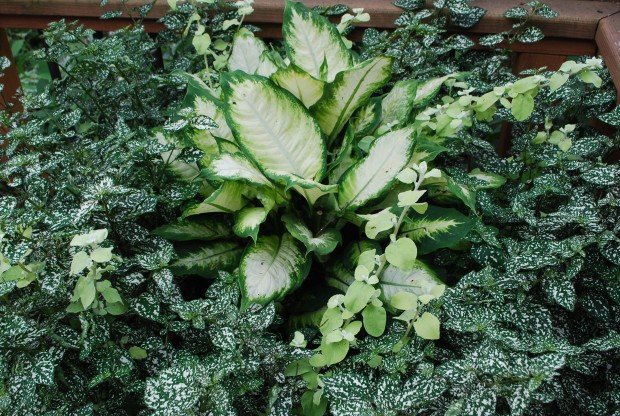 Can’t wait for the coming of the leaves.
Can’t wait for the coming of the leaves.
